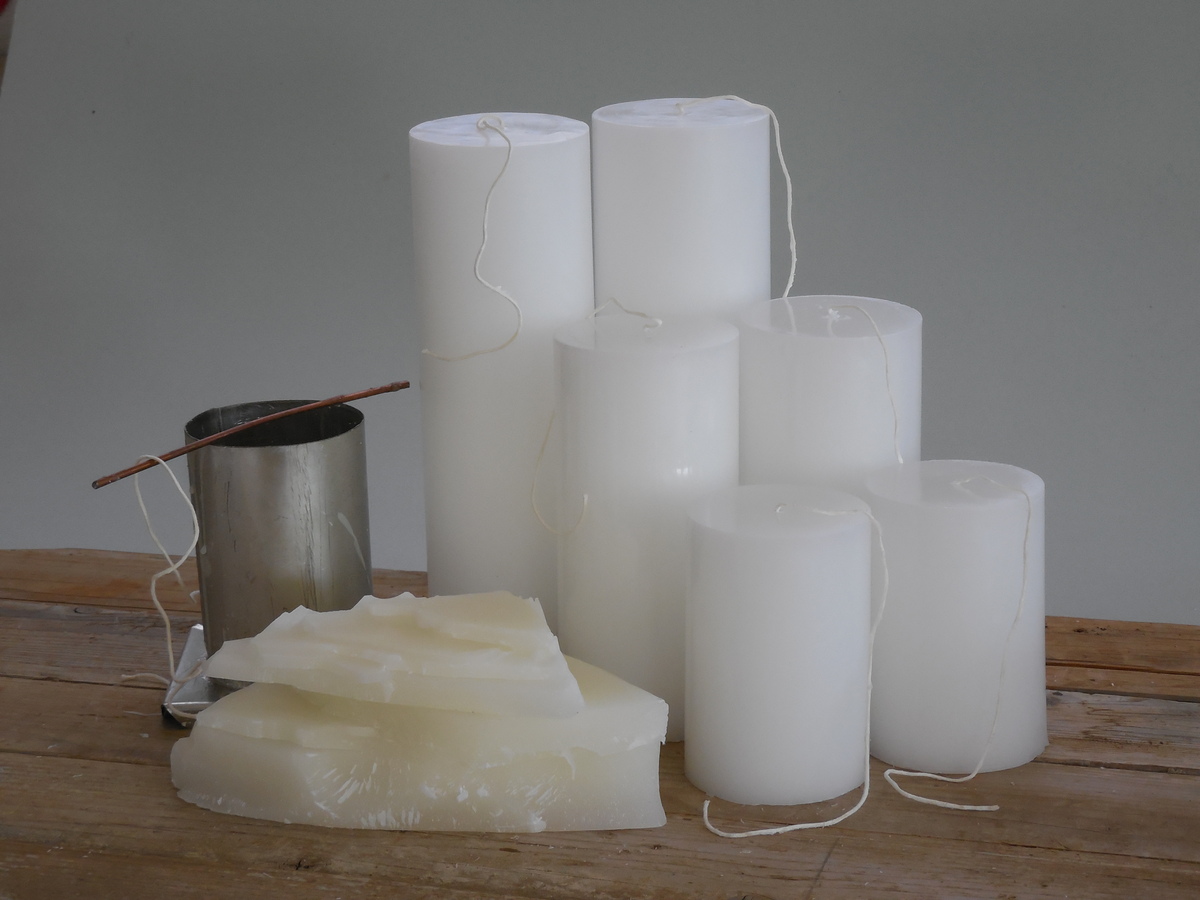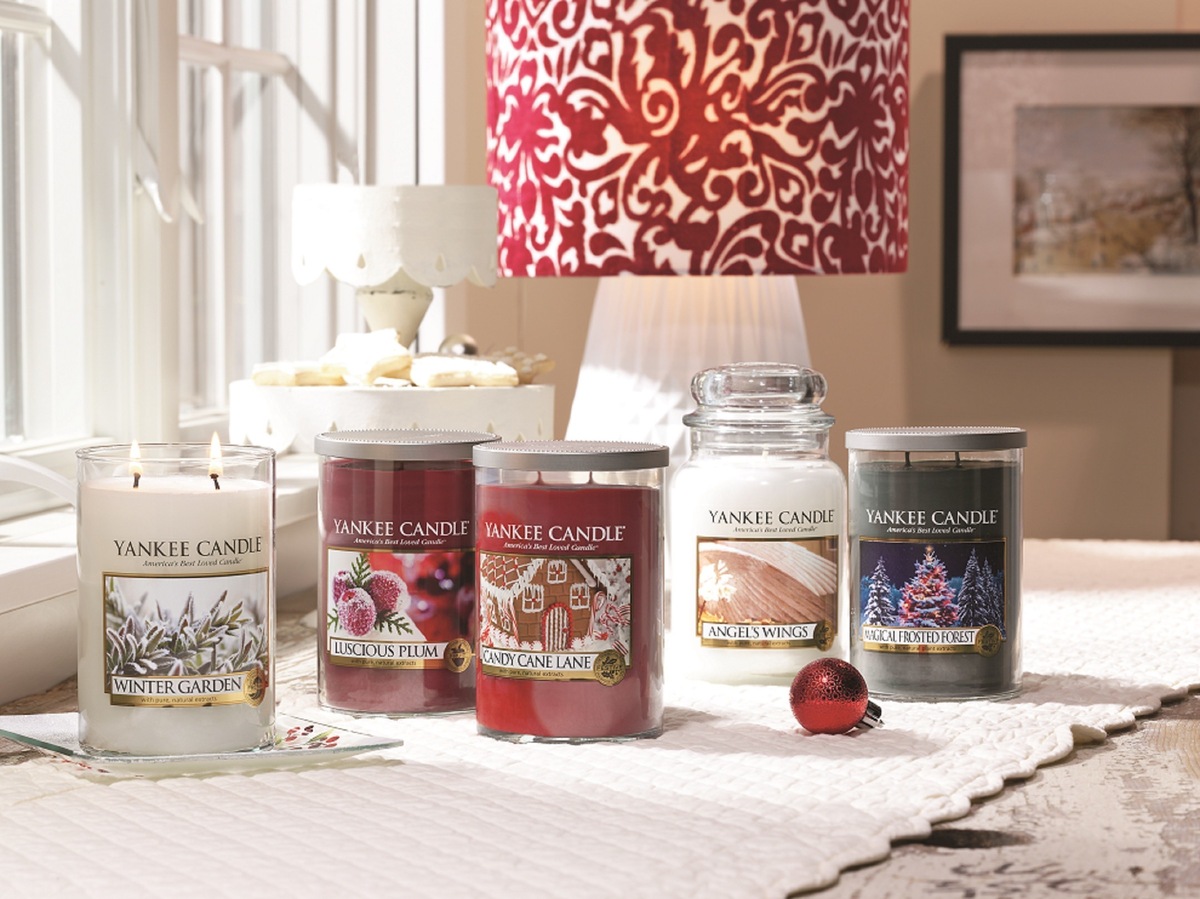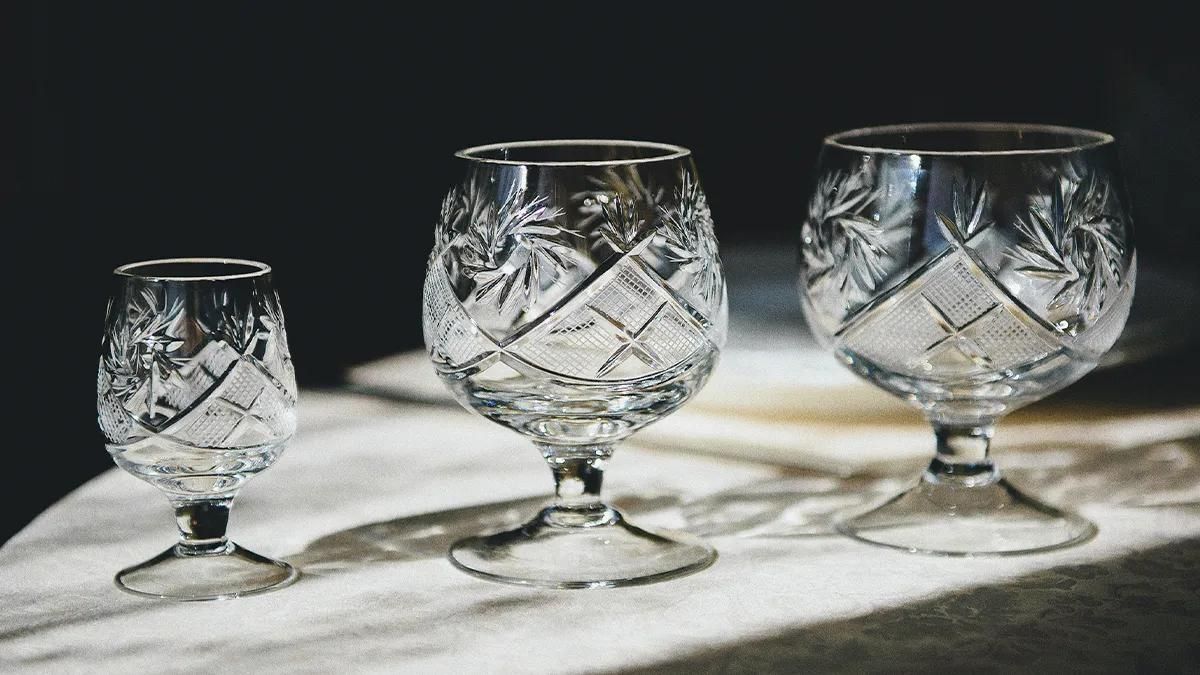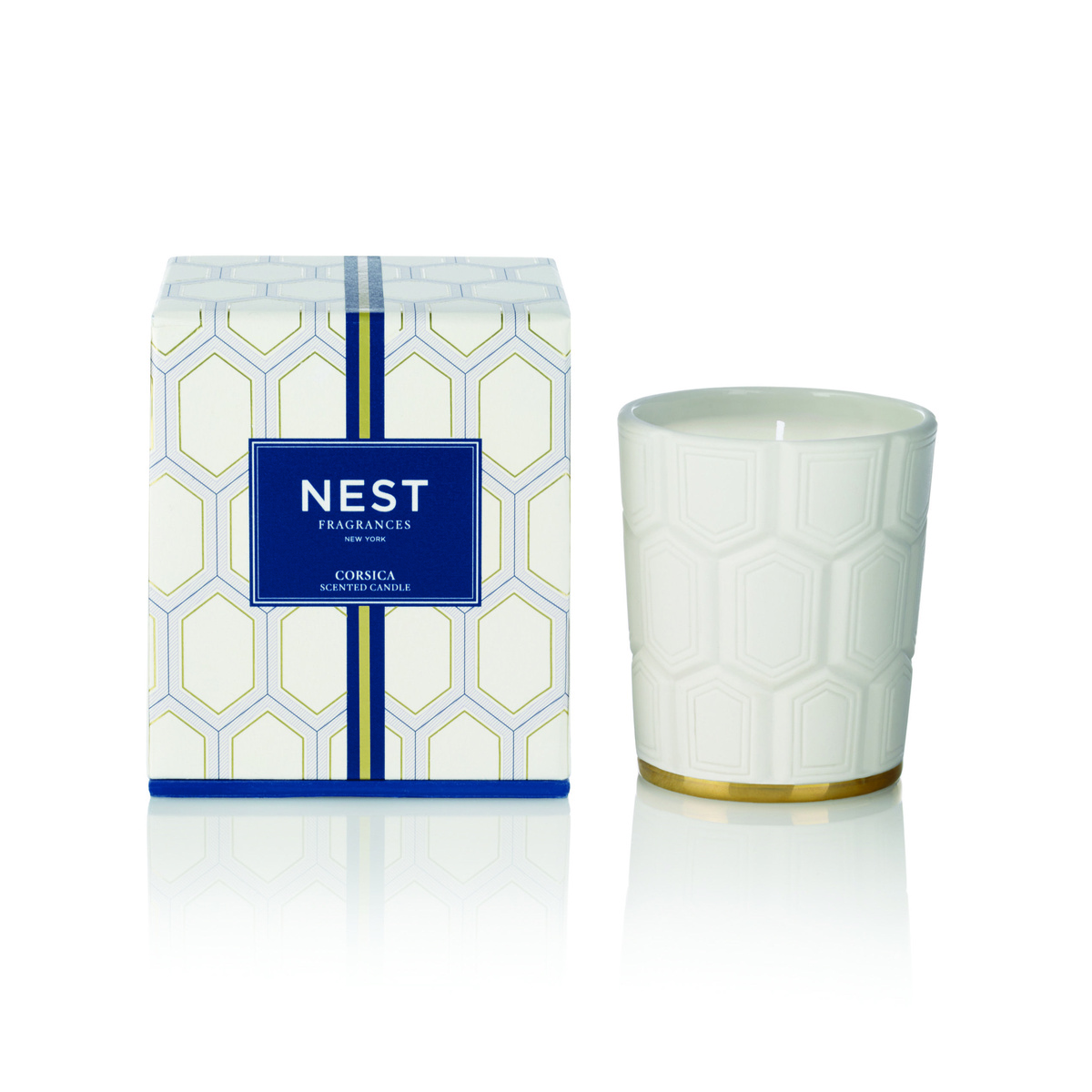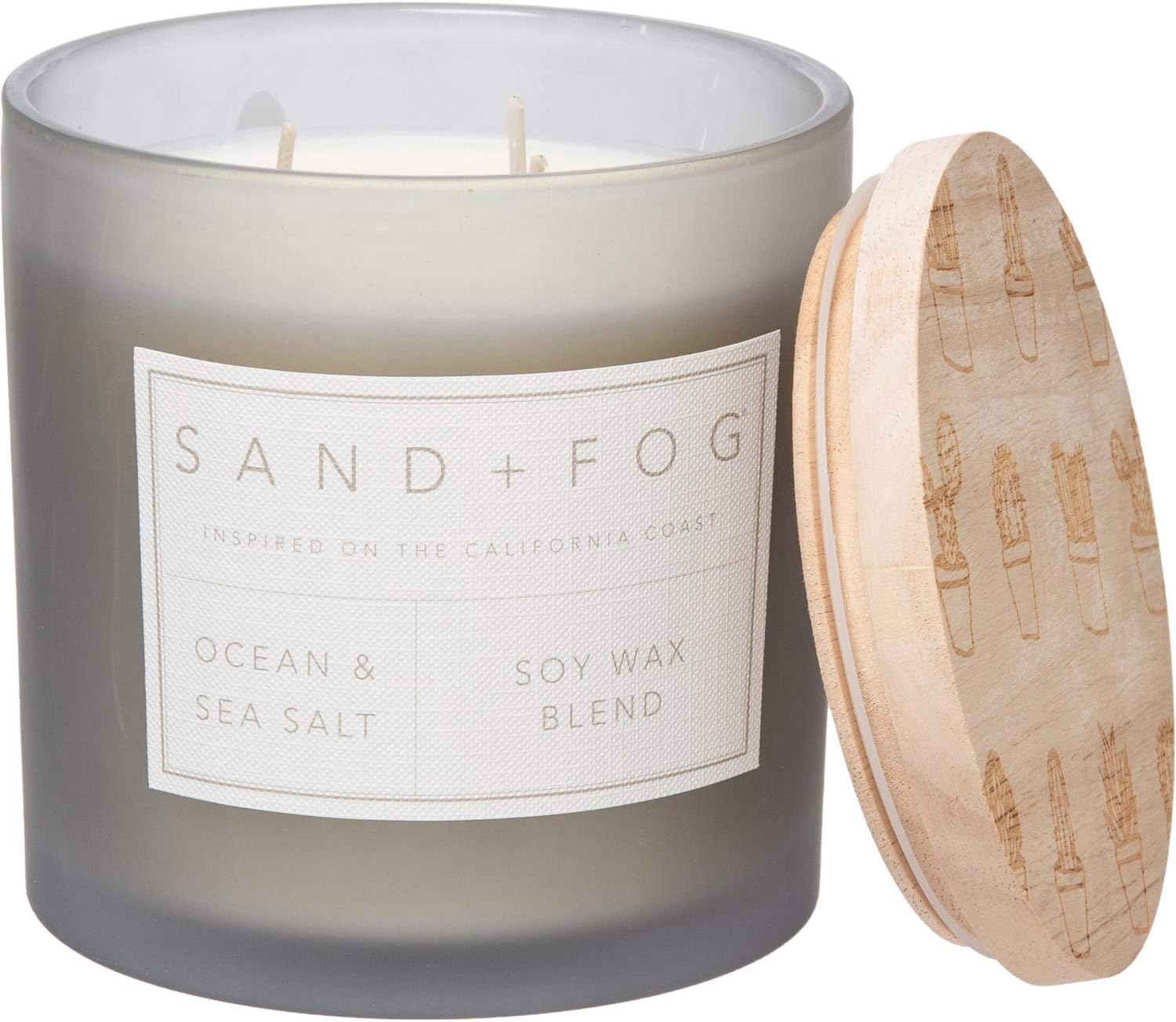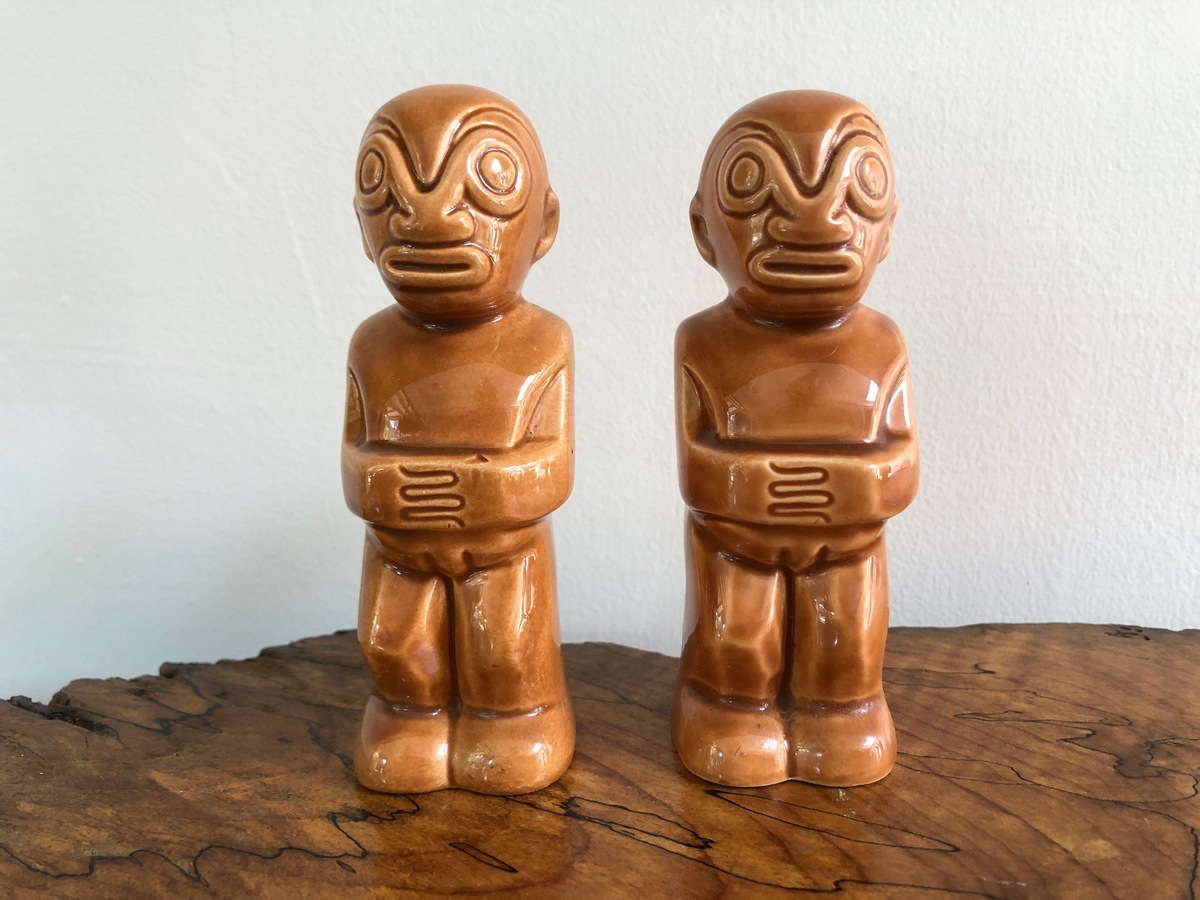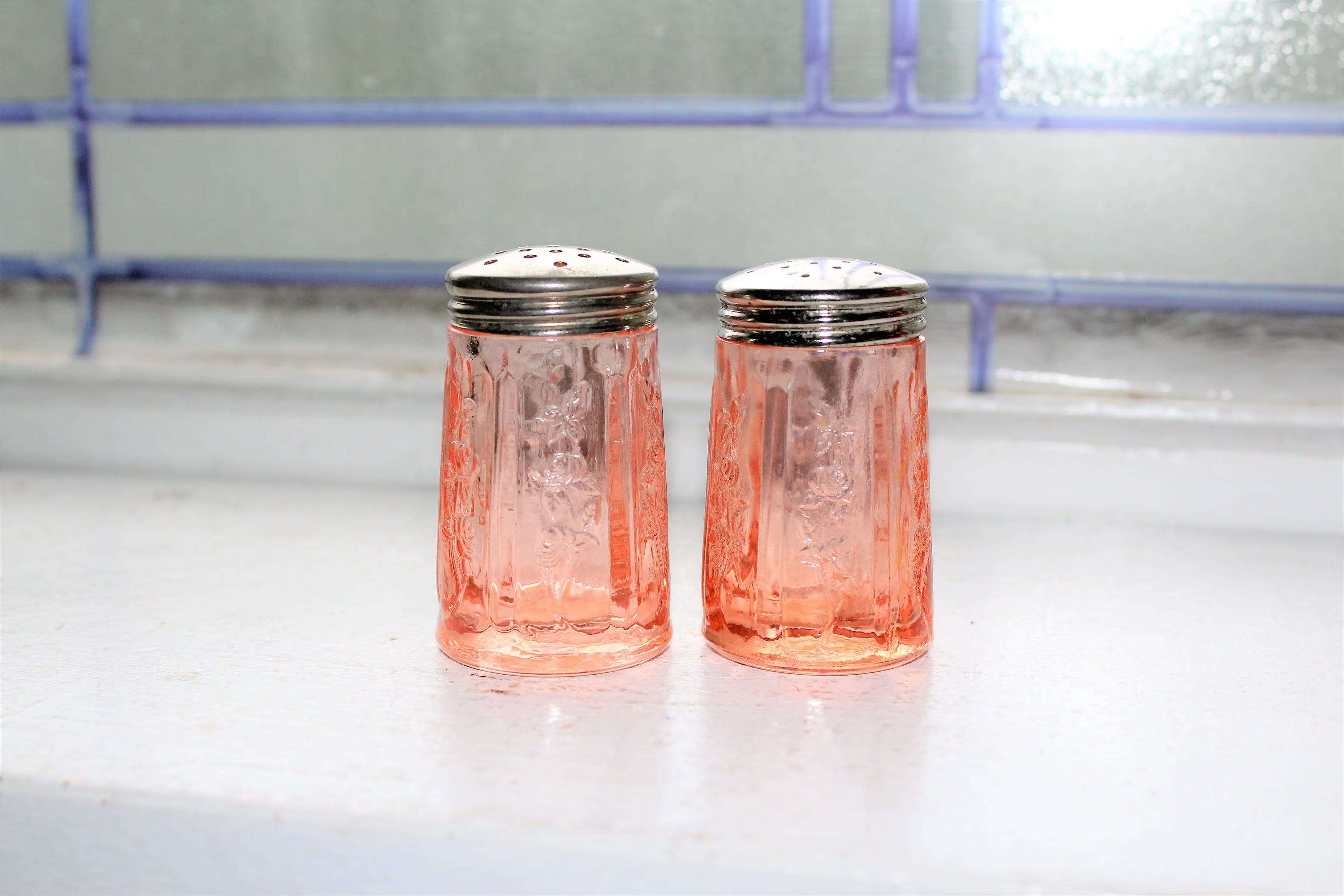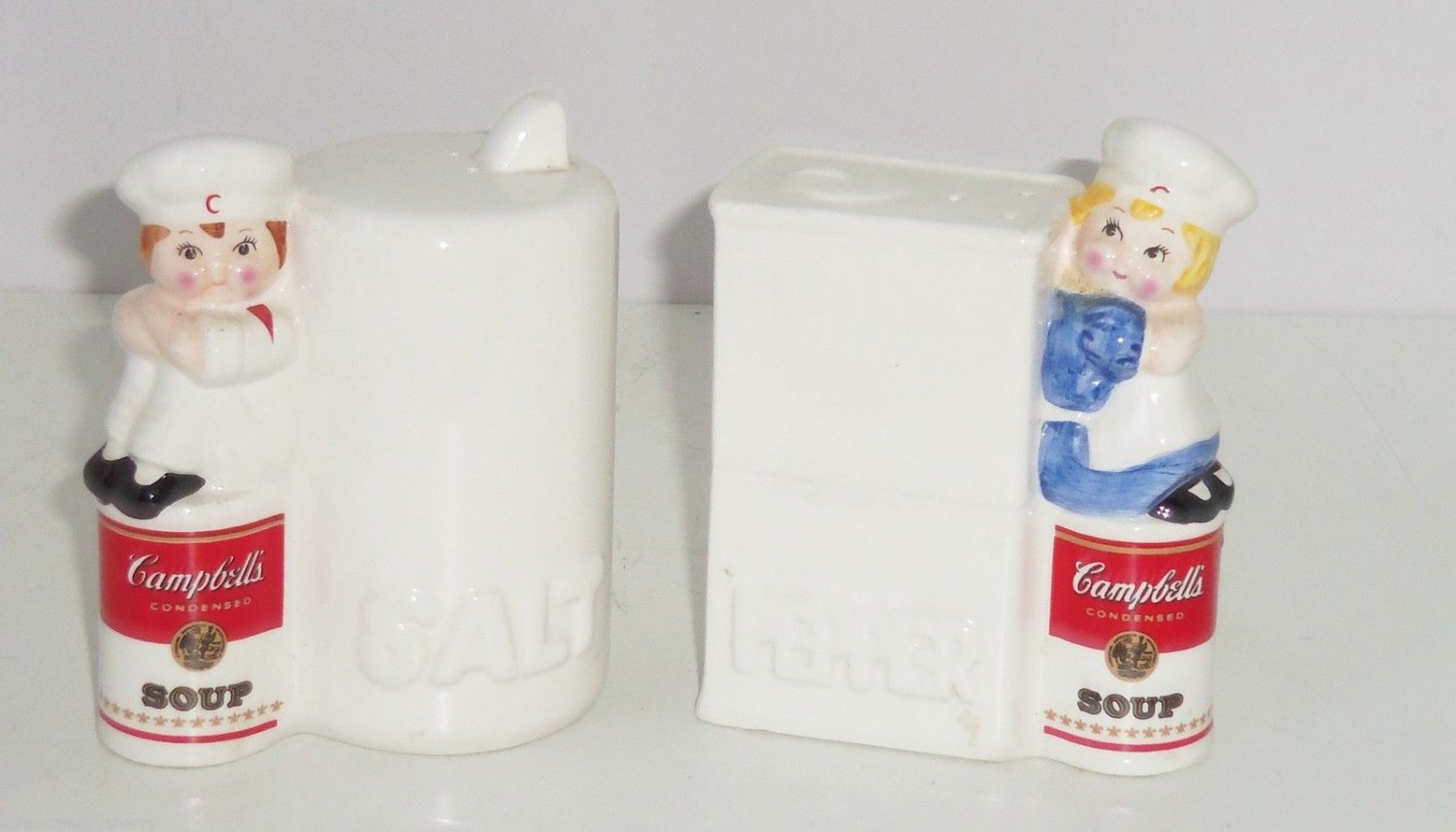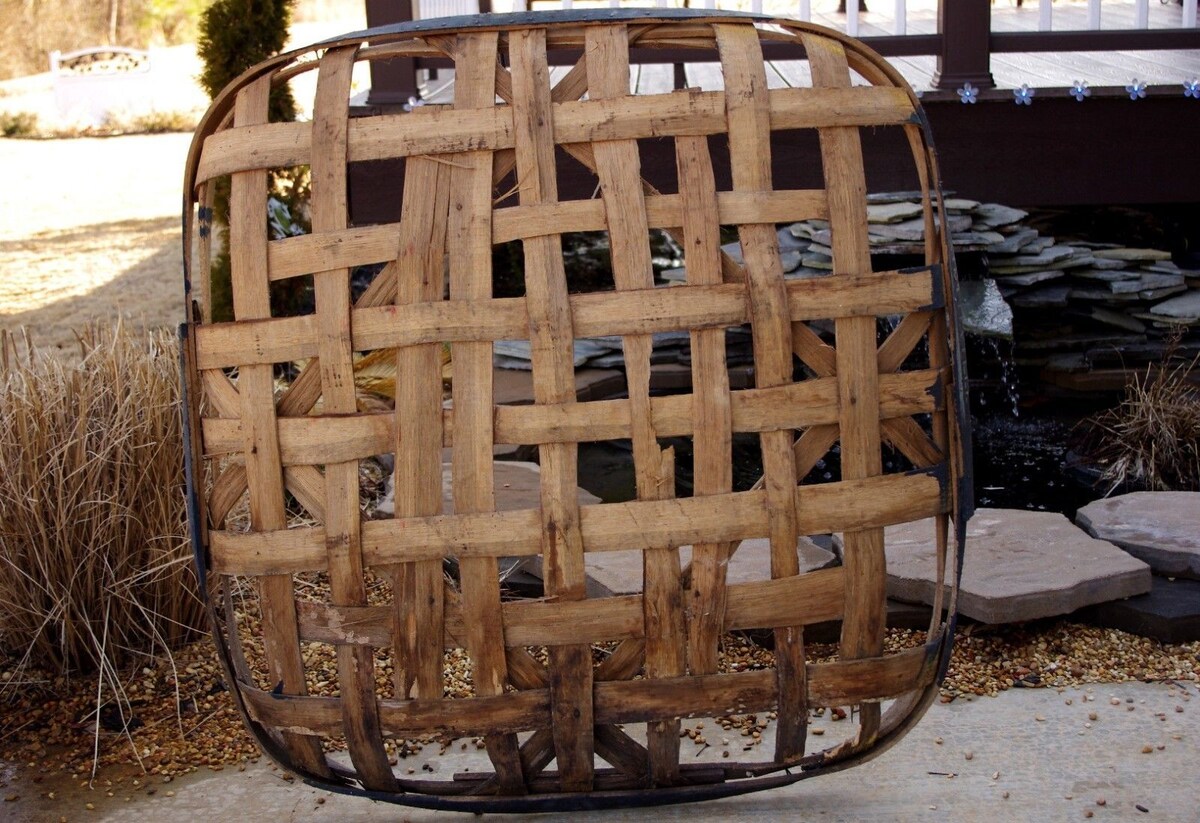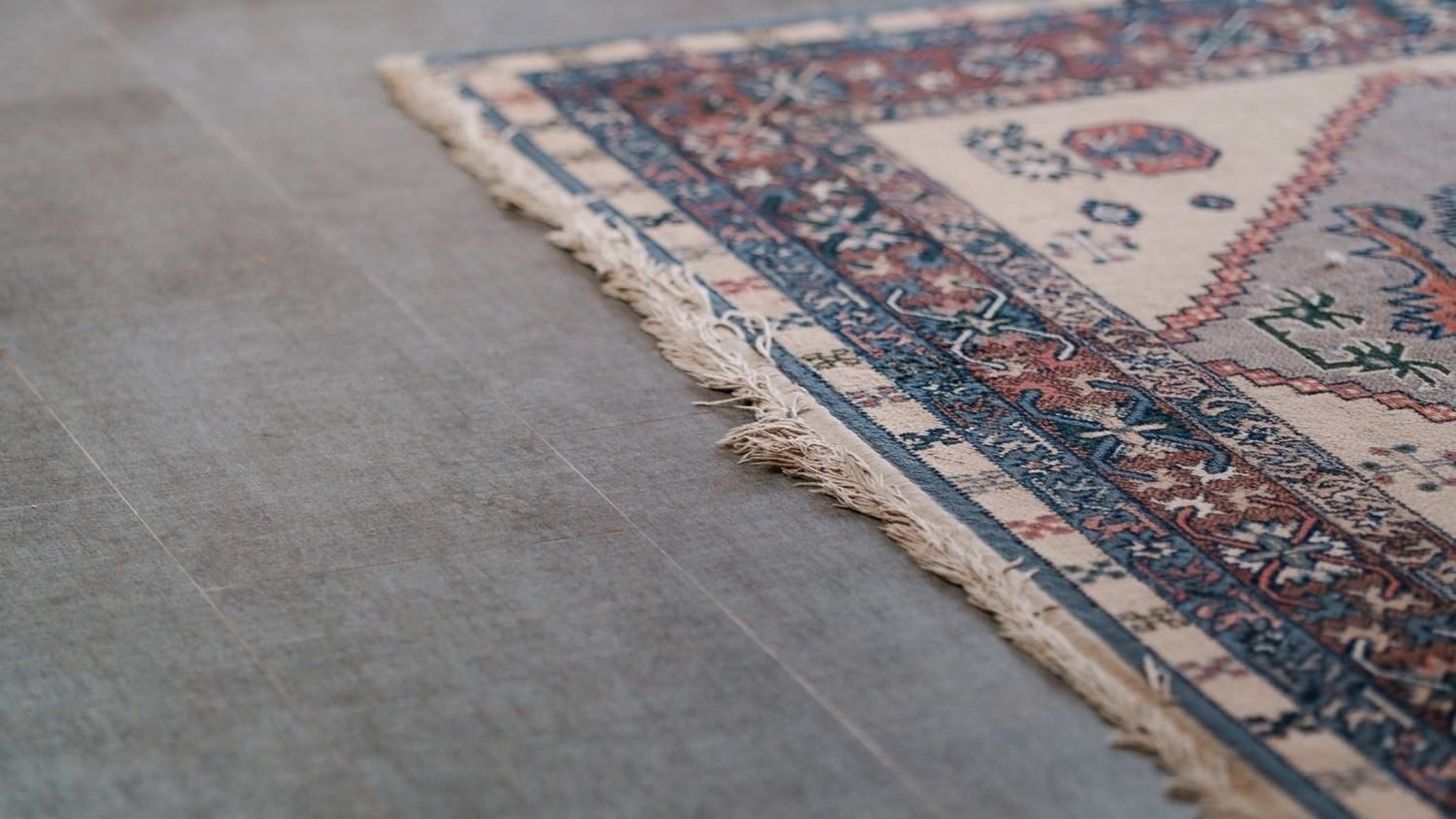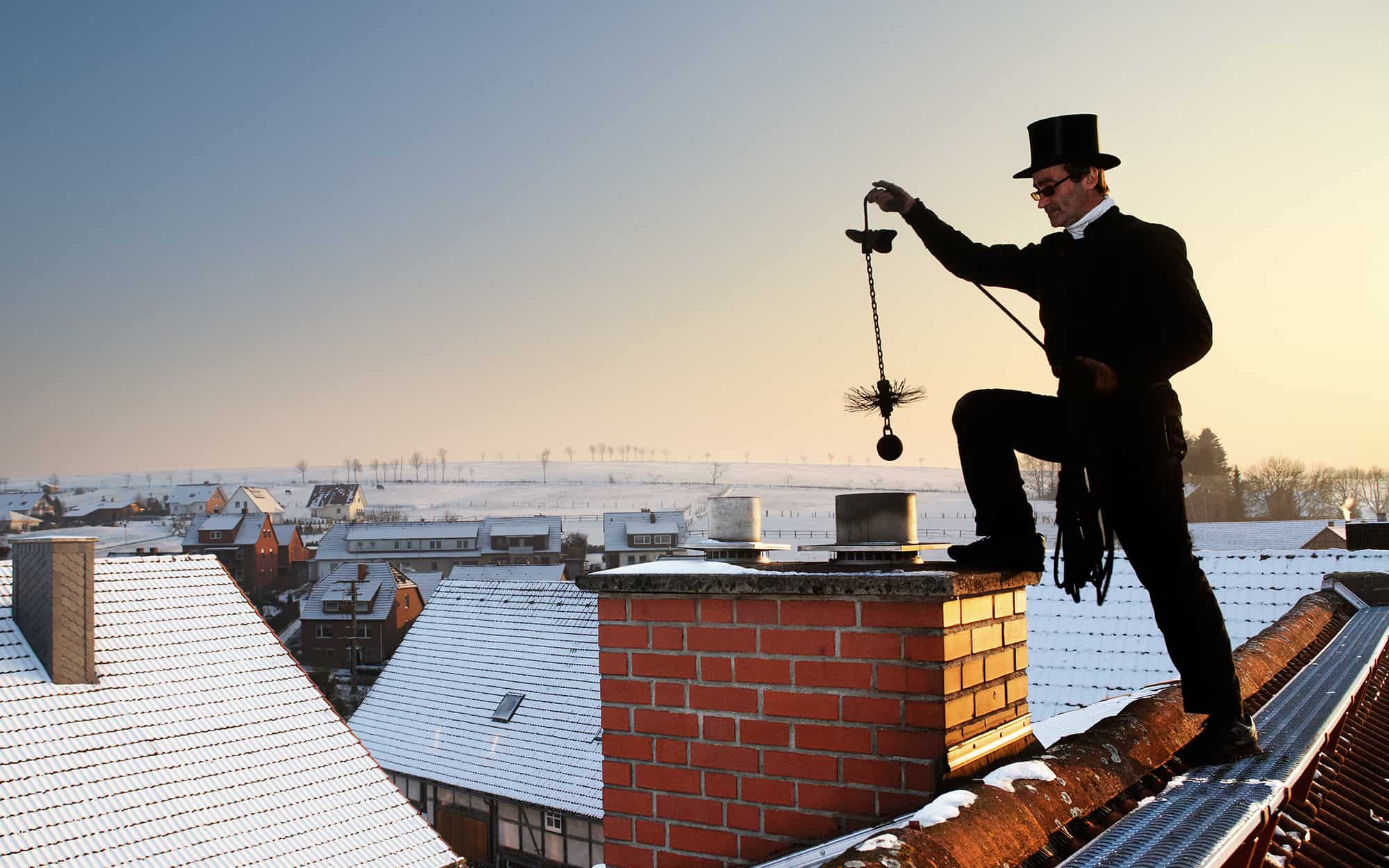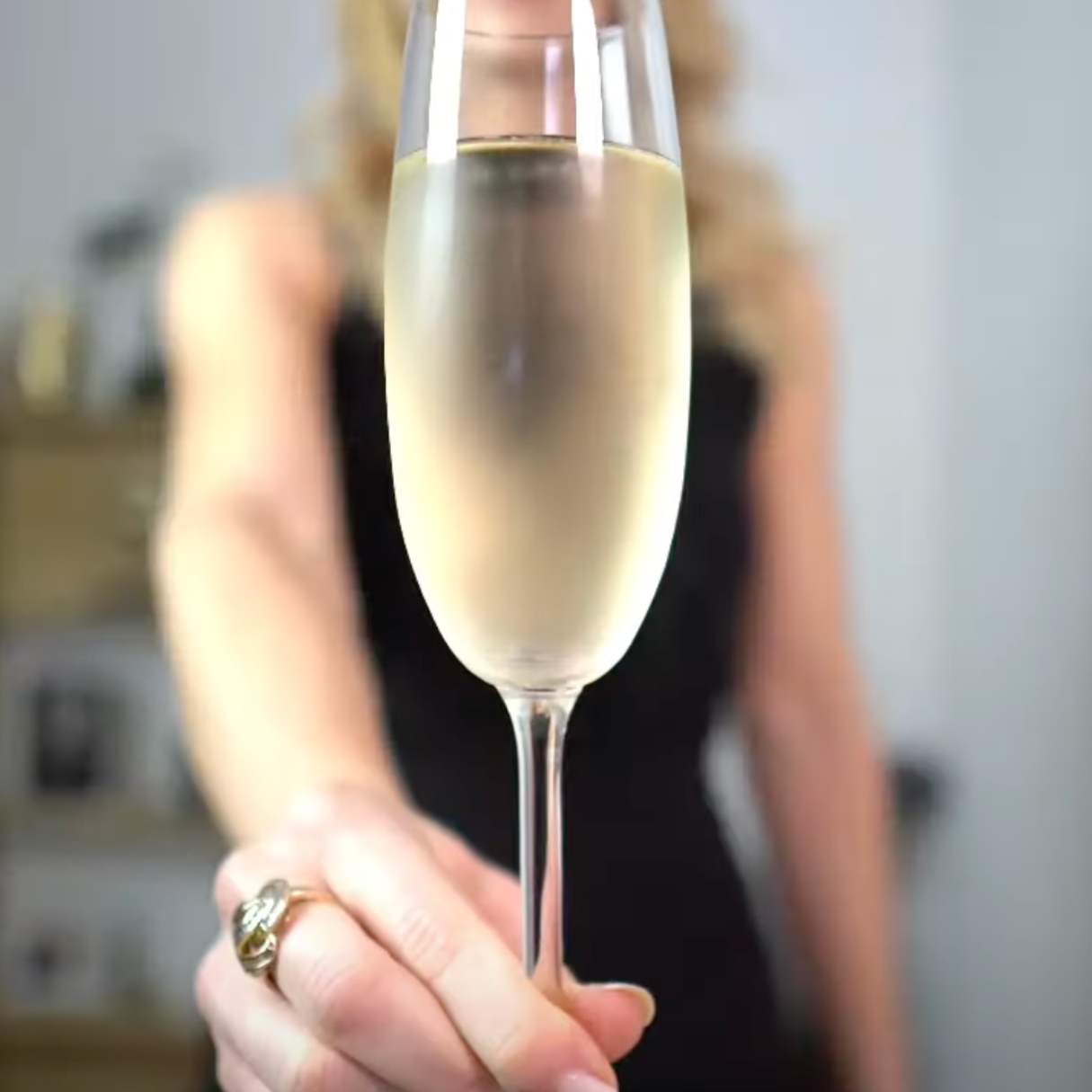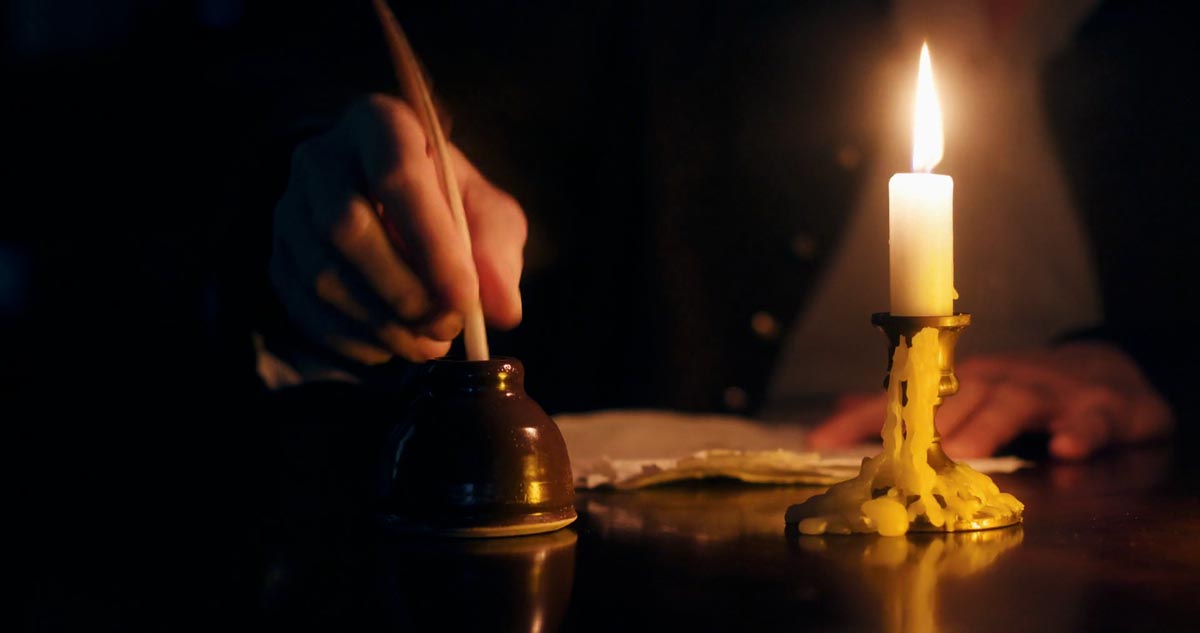

Articles
How Were Candles Made In The 1700s?
Modified: January 23, 2024
Discover the fascinating process of candle-making in the 1700s with our informative articles. Uncover the traditional techniques and materials used in this captivating era.
(Many of the links in this article redirect to a specific reviewed product. Your purchase of these products through affiliate links helps to generate commission for Storables.com, at no extra cost. Learn more)
Introduction
Imagine a time before the invention of electricity, a time when the warm glow of candlelight was the primary source of illumination in homes and streets alike. The 1700s, otherwise known as the “Age of Enlightenment,” was a period when candles played a crucial role in daily life. From providing light in the darkness to being used in religious ceremonies and social gatherings, candles were an integral part of society.
In this article, we will explore how candles were made during the 1700s. We will delve into the historical background of candle making, the raw materials used, the different candle making techniques employed, and the specialized tools that crafted these beautiful sources of light.
Join us on a journey back in time as we uncover the secrets of candle making in the 1700s.
Key Takeaways:
- Candle making in the 1700s was a blend of artistry and necessity, with techniques like molding and dipping creating beautiful sources of light. Raw materials like tallow and beeswax were transformed into candles that illuminated homes and symbolized social status.
- The 1700s saw the emergence of specialized candle making techniques, from scented and colored candles to unique shapes and designs. Candle makers of the era combined creativity and innovation to cater to diverse preferences and occasions, leaving a lasting legacy of craftsmanship and ambiance.
Read more: How Did They Mow Lawns In The 1700S
Historical Background
The art of candle making can be traced back to ancient civilizations, where various cultures used different materials to create their light sources. However, it was during the Middle Ages and the Renaissance that candle making truly evolved into a significant industry.
In the 1700s, candles were a necessity in households, as well as a valuable commodity for trade. The quality of candles was a reflection of one’s wealth and social standing. Consequently, candle making became a respected craft, with skilled artisans honing their techniques to produce beautiful and long-lasting candles.
During this period, candle making relied on readily available materials such as tallow, beeswax, and bayberry wax. Tallow, derived from animal fat, was the most commonly used material due to its affordability and accessibility. Beeswax, on the other hand, was more expensive and reserved for special occasions and religious ceremonies. Bayberry wax, extracted from the berries of the bayberry shrub, provided a sweet and pleasant scent to the candles.
The candle making process involved various techniques such as molding and dipping. Each method had its own unique qualities, resulting in candles of different shapes, sizes, and textures. The candles produced during this time were primarily used for functional purposes, providing light, heat, and a sense of comfort in the darkness.
As the Industrial Revolution progressed in the late 18th century, advancements in technology led to the introduction of new materials and methods in candle making. This marked the beginning of a transition from traditional candle making to more modern techniques.
Now that we have a historical context, let’s delve deeper into the raw materials used in candle making during the 1700s.
Raw Materials Used
In the 1700s, candle making required a selection of raw materials that could be sourced locally. The most common materials used were tallow, beeswax, and bayberry wax.
Tallow, a byproduct of animal fat, was the primary ingredient for candle making during this period. It was readily available and relatively inexpensive, making it a popular choice among households of all social classes. Tallow candles emitted a faint odor when burned, but their affordability made them a practical lighting option.
Beeswax, on the other hand, was a more luxurious and expensive material. It was highly sought after for its sweet aroma and cleaner burn compared to tallow candles. Beeswax candles were often used during special occasions and religious ceremonies, symbolizing wealth and social status. Obtaining beeswax involved the collection and purification of beeswax combs, making it a laborious and time-consuming process.
Bayberry wax, derived from the berries of the bayberry shrub, was another alternative used in candle making. It provided a unique scent and a beautiful green color to the candles. However, the extraction of bayberry wax was challenging, as it required boiling the berries and collecting the solidified wax, resulting in a smaller yield compared to other materials.
Aside from these primary raw materials, other natural substances were occasionally used to enhance the candles’ qualities. For example, additives like spices, herbs, and essential oils were incorporated to create scented candles. These scented candles were highly valued for the aromatherapy benefits they provided.
Now that we have an understanding of the raw materials used, let’s explore the different techniques employed in candle making during the 1700s.
Candle Making Techniques
In the 1700s, candle makers utilized various techniques to craft their candles, each resulting in unique characteristics and qualities. The two most common techniques employed during this period were molding and dipping.
Molding: Molding involved pouring the melted wax into a mold to create the desired shape of the candle. The molds were typically made of metal or pewter and came in various sizes and designs. The process began by heating the raw material, such as tallow or wax, in a large pot called a melting kettle. Once the material reached the desired temperature, it was carefully poured into the mold, and a wick was inserted into the center. The mold was then set aside to cool and solidify. Afterward, the mold was opened to reveal a perfectly shaped candle.
Dipping: Dipping, also known as “dipped candles,” involved repeatedly dipping a wick into a container of melted wax. This technique required a large container filled with melted tallow or wax and a series of wicks suspended from a rod or frame. The candle maker would dip the wicks into the container and allow them to cool and harden before repeating the process. This method resulted in slender, tapered candles with layers of wax built up over time. The number of dips determined the thickness of the candle. Dipped candles required precise timing and skill to ensure an even coating and a uniform shape.
Both molding and dipping techniques had their advantages and disadvantages. Molded candles allowed for more intricate and decorative designs, while dipped candles provided a rustic and handmade charm. The choice of technique often depended on factors such as the availability of materials, desired candle size, and personal preference.
Now that we understand the primary techniques employed in candle making during the 1700s, let’s dive into the specifics of each method and the tools used in the process.
Molding Candles
Molding candles was a popular technique used during the 1700s to create a wide variety of shapes and designs. This method involved pouring the melted wax or tallow into a specially crafted mold to achieve the desired shape of the candle.
The molds used in candle making were typically made of metal or pewter and came in various sizes and designs. They were composed of two halves that could be clamped together, creating a cavity in the shape of the desired candle. This cavity would then be filled with the melted wax or tallow, which would solidify as it cooled.
The process began by heating the raw material, such as tallow or wax, in a large pot called a melting kettle. The kettle was heated over an open flame or in a specially designed stove. Once the material reached the desired temperature and achieved a fully melted state, it was carefully poured into the mold.
For more intricate designs, molds were often made with multiple parts that would be assembled and held together during the pouring and cooling process. This technique allowed for incredibly detailed and ornate candles to be created.
Once the mold was filled, a wick – typically made of cotton or linen – was inserted into the center of the mold. The wick extended from the bottom of the mold, allowing it to be easily removed once the candle had solidified.
The filled mold was then set aside to cool and solidify. This process could take several hours, depending on the size and density of the candle. Once the candle had fully hardened, the mold could be opened, and the finished candle carefully removed.
Molded candles offered great versatility in terms of shape and design. Candle makers could create candles in the form of geometric shapes, animals, fruit, flowers, and even famous landmarks. The intricate details of the molds allowed for stunningly realistic and highly decorative candles.
After the candles were removed from the molds, they would often undergo additional finishing touches, such as trimming excess wax, polishing the surface, and adding decorative embellishments like gold leaf or colored wax.
The use of molds in candle making during the 1700s allowed for consistent and precise production, resulting in beautifully crafted candles that adorned homes, churches, and public spaces.
Now that we have explored the molding technique, let’s move on to the dipping method, another common technique in candle making during the 1700s.
Read more: How Were Candles Invented
Dipping Candles
The dipping technique, also known as “dipped candles,” was a popular method of candle making during the 1700s. This technique involved repeatedly dipping a wick into a container of melted wax to build up layers and create the desired thickness of the candle.
To begin, a large container was filled with melted tallow or wax. The container was typically made of metal, such as brass or copper, and was heated over an open flame or in a specially designed stove. The temperature of the wax needed to be carefully maintained to ensure optimal dipping conditions.
A series of wicks, usually made of cotton or linen, were suspended from a rod or a frame. This allowed the wicks to be easily dipped into the container of melted wax and allowed to cool and harden before the next dip.
With the wicks positioned, the candle maker would carefully dip them into the container of melted wax, ensuring that each dip was quick and even. The wax would adhere to the wick, creating a thin layer of solid wax. After each dip, the wick would be removed from the container and allowed to cool for a brief moment to harden the wax before the next dip.
The process of dipping was repeated multiple times, with each dip adding a new layer of wax to the candle. The number of dips determined the thickness of the candle, and experienced candle makers would have a keen sense of when the candle had reached the desired size and shape.
Each dip contributed to the shape and texture of the candle. Dipped candles often had a tapered, slender shape due to the excess wax draining down the sides during each dip. This gave the candles a distinctive and charming handmade appearance.
The dipping process required careful timing and skill to ensure that each layer of wax was evenly applied. Candle makers would need to consider factors such as the temperature of the wax, the speed and angle of the dip, and the interval between each dip to achieve consistent results.
Once the desired thickness was achieved, the excess wax at the base of the candle, known as the “foot,” would be trimmed off, leaving a clean and even surface. The adhered layers of wax created a smooth exterior, giving the dipped candles a polished and elegant look.
Dipped candles were valued for their simplicity and craftsmanship. They were often used in everyday situations, such as household lighting, but were also popular for special occasions and social gatherings due to their rustic charm and warm glow.
Now that we have explored the dipping technique, let’s dive into the significance of candle wicks and the tools involved in candle making during the 1700s.
In the 1700s, candles were typically made from tallow (animal fat) or beeswax. Tallow candles were made by dipping wicks repeatedly into melted tallow, while beeswax candles were made by pouring melted beeswax around a wick.
Candle Wicks and Wick Trimmers
In candle making during the 1700s, the choice of wick and the trimming process played vital roles in ensuring the quality and performance of the candles.
Wicks were the essential component that carried the flame and allowed the candle to burn. They were typically made of natural fibers such as cotton or linen, chosen for their ability to absorb and transport the melted wax up to the flame.
Candle makers carefully selected wicks of the appropriate thickness and length based on the size and type of candle being produced. Thicker wicks were used for larger candles to maintain a steady and controlled burn. The length of the wick, when trimmed correctly, determined the height of the flame and the rate at which the candle would melt.
Trimming the wicks was crucial to ensure that the candle burned cleanly and efficiently. Excessive wick length could lead to a smoky and irregular burn, while a wick that was too short could result in a small, dim flame.
Wick trimmers, also known as wick scissors, were specialized tools used to trim the wick to the desired length. These trimmers featured long handles with short, curved blades designed to reach into the candle and snip the wick cleanly.
When using wick trimmers, candle makers would carefully assess the length of the wick and trim it to be just above the surface level of the candle. This practice ensured that the flame would burn steadily and evenly, preventing excess smoke and minimizing the risk of the flame touching the wax, which could cause it to extinguish or create a sooty residue.
Wick trimmers were designed specifically to reach down into the candle without disturbing the surrounding wax. They allowed for precise trimming and were an indispensable tool in maintaining the functionality and aesthetic appeal of the candles.
Proper wick selection and trimming were crucial aspects of candle making during the 1700s. They contributed to the overall quality and performance of the candles, ensuring a clean burn and a long-lasting flame.
Now that we have an understanding of the importance of wicks and the use of wick trimmers, let’s explore the various tools involved in the candle making process during the 1700s.
Candle Making Tools
Candle making during the 1700s required a variety of tools to ensure the proper preparation and formation of candles. These tools were specifically designed to handle the materials, molds, and techniques used in the candle making process.
1. Melting Kettle: This large pot or kettle made of metal, such as brass or copper, was used to melt the raw materials, such as tallow or wax. The kettle was heated over an open flame or in a specially designed stove to achieve the desired temperature for melting.
2. Molds: Molds were essential tools in forming the shape of the candles. They were commonly made of metal or pewter and came in various sizes and designs. Molds were usually composed of two halves that could be clamped together to create a cavity for pouring the melted wax or tallow.
3. Wick Holders: Wick holders were used to suspend the wicks in place during the pouring or dipping process. They were often made of metal and featured a mechanism to anchor the wick at the center of the mold, ensuring that it remained in place as the candle solidified.
4. Wick Trimmers: Wick trimmers, also known as wick scissors, were specialized tools designed to trim the wick to the desired length. These trimmers featured long handles with short, curved blades that could reach into the candle and snip the wick cleanly, allowing for optimal burning conditions.
5. Stirring Rods or Paddles: These long, slender tools were used to stir and mix the melted wax or tallow in the melting kettle. They helped to ensure uniform heating and prevent the materials from sticking to the bottom of the kettle, ensuring a consistent quality of candles.
6. Dipping Rods or Frames: Dipping rods or frames were used in the dipping technique of candle making. They were long rods or frames with hooks or clips, allowing multiple wicks to be suspended and dipped simultaneously. The rods or frames ensured that the wicks remained straight and separate during the dipping process.
7. Candle Snuffers: While not directly used in the candle making process, candle snuffers were commonly used to extinguish the flame without causing excessive smoke or damage to the wick. These metal devices featured a bell-shaped end that could be placed over the flame, suffocating it gently.
These specialized tools enabled candle makers to accomplish various tasks essential to the production of high-quality candles. From melting the raw materials to shaping and trimming the candles, each tool played a crucial role in the craftsmanship of candles during the 1700s.
Now that we have explored the tools used in candle making, let’s move on to the detailed process of how candles were manufactured during the 1700s.
Candle Manufacturing Process
The candle manufacturing process during the 1700s involved several key steps that transformed raw materials into finished candles. Here is a detailed overview of the process:
1. Gathering and Preparing Materials: Candle makers would gather the necessary materials, such as tallow, beeswax, or bayberry wax. The raw materials would then be melted in a large pot called a melting kettle, heating it over an open flame or specialized stove until it reached a fully melted state.
2. Preparing the Molds: If using the molding technique, the candle maker would prepare the molds by carefully cleaning and greasing them to prevent the wax from sticking. The molds would be clamped together in preparation for pouring.
3. Pouring the Molds or Dipping the Wicks: In the molding technique, the melted wax or tallow would be poured into the prepared molds, ensuring that the wick was centered and properly positioned. For the dipping technique, the wicks would be attached to dipping rods or frames and repeatedly dipped into the container of melted wax, building up layers of wax.
4. Cooling and Solidifying: Once the wax or tallow was poured or the wicks were dipped, the candles would be left to cool and solidify in their molds or on the dipping rods. This process could take several hours, depending on the size and thickness of the candles.
5. Removing from the Molds or Trimming: After the candles had hardened, molded candles would be carefully opened by unclamping the molds to reveal the finished candles. Dipped candles would be removed from the dipping rods. For both techniques, excess wax or wick foot would be trimmed off, leaving a clean and even surface.
6. Finishing Touches: The finished candles would undergo additional finishing touches if desired. This could include polishing the surface, adding decorative embellishments like gold leaf or colored wax, or scenting the candles with essential oils or spices.
7. Packaging and Storage: Once the candles were fully completed, they would be packaged and stored in a cool and dry place to maintain their quality. They were often stored in labeled containers or wrapped in protective materials until they were ready to be used or sold.
The candle manufacturing process in the 1700s required skill, attention to detail, and specialized tools to produce high-quality candles. The selection of materials, the techniques used, and the finishing touches all played crucial roles in creating candles that provided illumination, warmth, and ambiance in the darkness.
Now that we have a comprehensive understanding of the candle manufacturing process, let’s explore the specialized candle making techniques that flourished during the 1700s.
Read more: How Were Old Mirrors Made
Specialized Candle Making in the 1700s
In addition to the traditional candle making techniques of molding and dipping, the 1700s saw the emergence of specialized candle making practices that catered to specific needs and preferences.
Scented Candles: The desire for beautifully scented candles led to the creation of specialized scented candles during the 1700s. Candle makers would infuse the melted wax with essential oils, spices, or herbs to produce candles with captivating fragrances. These scented candles were highly valued for their ability to fill a room with delightful aromas, adding an extra layer of luxury to any occasion.
Colored Candles: Candle makers also experimented with adding natural pigments to the melted wax to produce colored candles. Various plants and minerals were used to create an array of colors, such as red, green, blue, and purple. The colored wax would be poured into molds or used for dipping, resulting in visually striking candles that added a touch of vibrancy to any space.
Shaped Candles: Candles in unique shapes and designs gained popularity during the 1700s. In addition to traditional molds, specialized molds were created to shape candles in the form of animals, fruit, flowers, or even famous landmarks. These intricately designed candles served as decorative pieces, enhancing the aesthetic appeal of homes and special events.
Layered Candles: Candle makers would carefully pour or dip candles in layers of different colors or scents to create visually stunning and multi-dimensional candles. Each layer would need to solidify before the next one was added, resulting in candles with beautiful gradients or distinct patterns.
Special Occasion Candles: Candles played an important role in religious ceremonies, celebrations, and events during the 1700s. Candle makers often specialized in crafting candles specifically for these occasions. These candles were embellished with decorative elements like gold leaf, intricate carvings, or religious symbols, making them highly sought after for their symbolic and aesthetic value.
The rise of specialized candle making techniques in the 1700s showcased the innovative spirit of candle makers during that time. These specialized candles offered a variety of scents, colors, shapes, and designs, providing individuals with a wide range of options to suit their personal preferences and specific occasions.
As the demand for candles grew, so did the creativity and ingenuity of candle makers, resulting in a vibrant and diverse range of specialized candles that added beauty, ambiance, and character to the homes and gatherings of the 1700s.
Now, as we conclude our exploration of candle making in the 1700s, we can appreciate the craftsmanship and artistry that went into creating these beloved sources of light and warmth.
Conclusion
The 1700s was a transformative era for candle making, where candles were not only utilized for their practicality but also celebrated for their beauty, craftsmanship, and the ambiance they brought to daily life. From the traditional methods of molding and dipping to the emergence of specialized techniques, candle makers of the time honed their skills to create candles that met a wide range of needs and preferences.
During this period, raw materials such as tallow, beeswax, and bayberry wax were carefully melted and transformed into candles that provided much-needed light in a world without electricity. The molding technique allowed for intricate and decorative designs, while the dipping method resulted in slender, charmingly imperfect candles with layers of wax built up over time. Wick selection and trimming were crucial aspects of candle making, ensuring a steady and clean burn.
Candle makers also embraced specialized candle making practices to cater to specific desires and occasions. Scented candles filled homes with delightful fragrances, colored candles added vibrancy, shaped candles became unique decorative pieces, layered candles showcased artistic creativity, and special occasion candles were rich in symbolism and symbolism.
In the 1700s, candle making was more than just a craft; it represented status, artistry, and illumination during an era of enlightenment. The flickering glow of candles brought warmth to homes, provided light in the darkness, and set the mood for intimate gatherings, religious ceremonies, and special occasions.
While advancements in technology and the invention of electric lighting would eventually render candles less prominent in everyday life, the art of candle making continues to thrive today. Candle makers draw inspiration from the techniques and traditions of the past, combining them with modern innovations to create candles that captivate the senses and evoke a sense of nostalgia.
So, the next time you light a candle and revel in its gentle glow, take a moment to appreciate the rich history and craftsmanship behind it. Remember the skillful hands and enduring legacy of those candle makers in the 1700s who crafted these treasured sources of light and enchantment.
Frequently Asked Questions about How Were Candles Made In The 1700s?
Was this page helpful?
At Storables.com, we guarantee accurate and reliable information. Our content, validated by Expert Board Contributors, is crafted following stringent Editorial Policies. We're committed to providing you with well-researched, expert-backed insights for all your informational needs.
